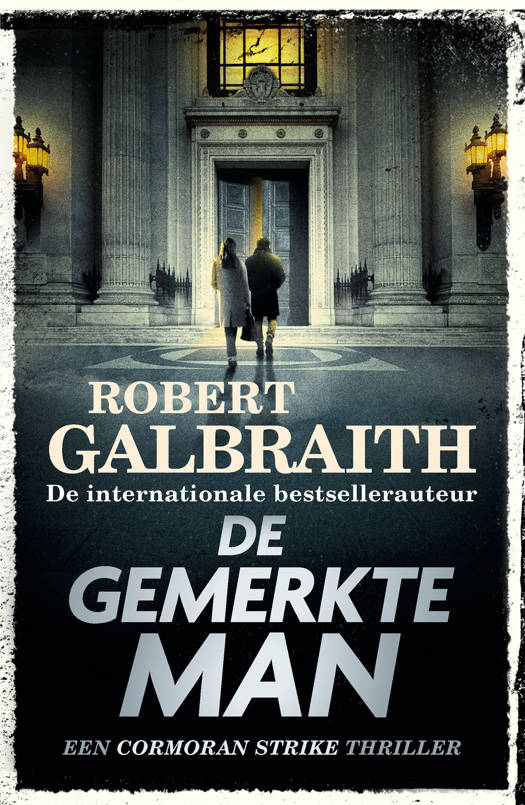
- Afhalen na 1 uur in een winkel met voorraad
- Gratis thuislevering in België vanaf € 30
- Ruim aanbod met 7 miljoen producten
- Afhalen na 1 uur in een winkel met voorraad
- Gratis thuislevering in België vanaf € 30
- Ruim aanbod met 7 miljoen producten
Zoeken
€ 10,45
+ 20 punten
Omschrijving
Our grasp of time continues to change, in wrenching ways. This is an exploration of these shifts and struggles, across drawing and text, music and movement, film and concepts. In the late nineteenth century, time was coordinated: towns, cities, whole countries lost their own time as signals synchronized clocks. When Albert Einstein introduced his radical idea undermining the notion of a universally audible tick-tock in favor of times not time, he found resistance furious; and in our own era, time is again in tumulttime crossed with information, challenged at the horizon of black holes, even, among many string theorists, rendered a mere illusion. In a congenial long-term collaboration, Peter L. Galison, historian, author, filmmaker, and Professor of the History of Science and Physics at Harvard University and South African artist William Kentridge are researching such notions in The Refusal of Time, a project for dOCUMENTA (13) into which this notebook offers first insights.
Specificaties
Betrokkenen
- Auteur(s):
- Uitgeverij:
Inhoud
- Aantal bladzijden:
- 48
- Taal:
- Engels
- Reeks:
- Reeksnummer:
- nr. 9
Eigenschappen
- Productcode (EAN):
- 9783775728584
- Verschijningsdatum:
- 7/04/2011
- Uitvoering:
- Paperback
- Afmetingen:
- 176 mm x 250 mm
- Gewicht:
- 115 g

Alleen bij Standaard Boekhandel
+ 20 punten op je klantenkaart van Standaard Boekhandel
Beoordelingen
We publiceren alleen reviews die voldoen aan de voorwaarden voor reviews. Bekijk onze voorwaarden voor reviews.








